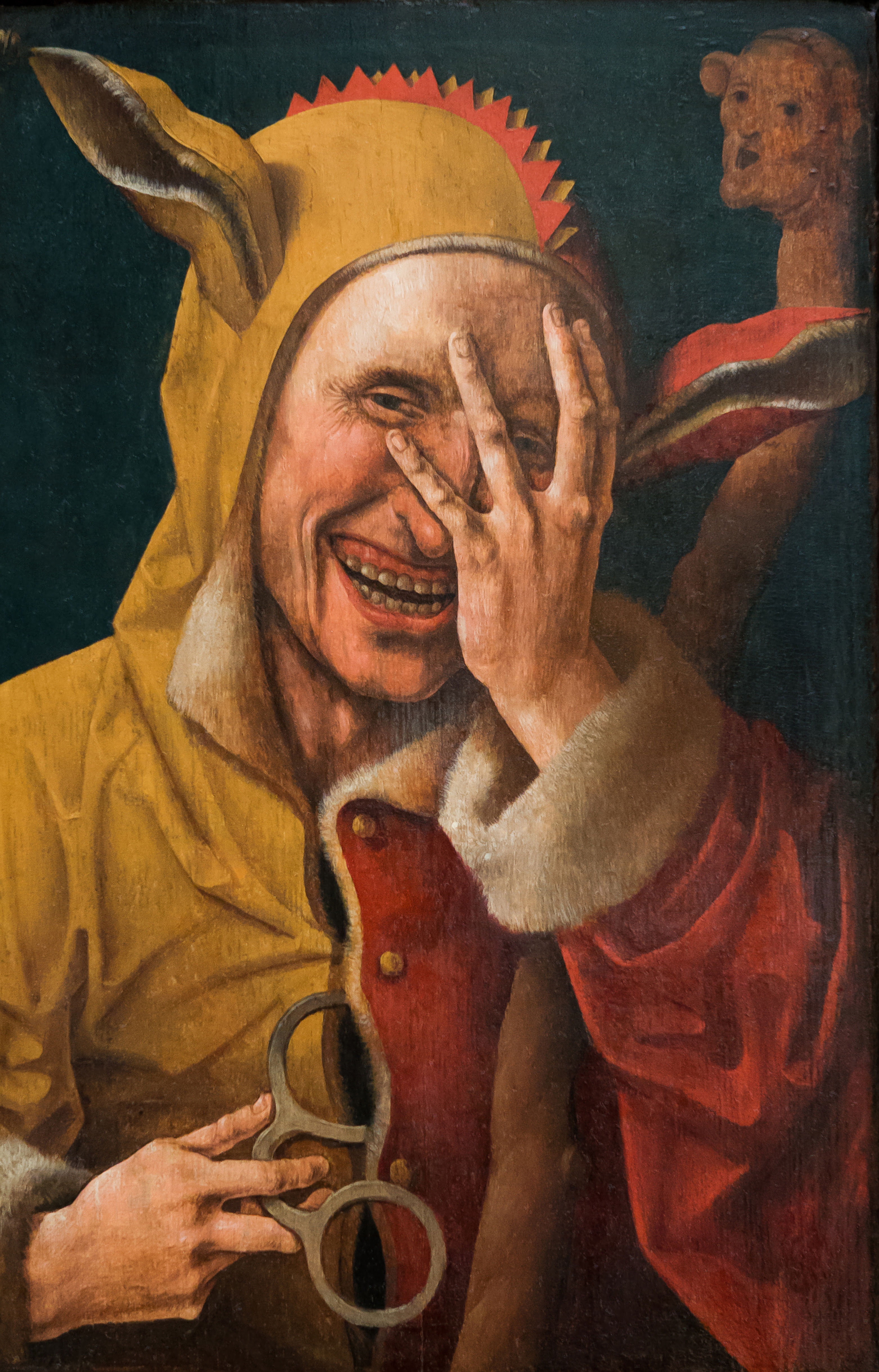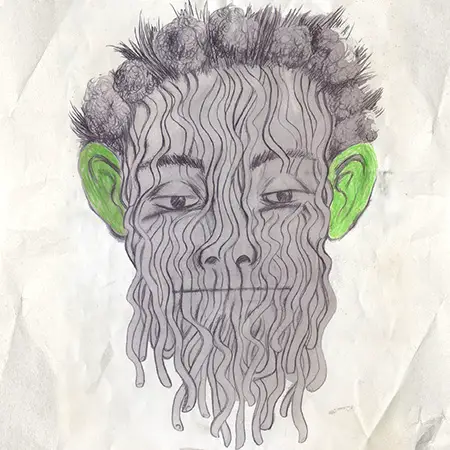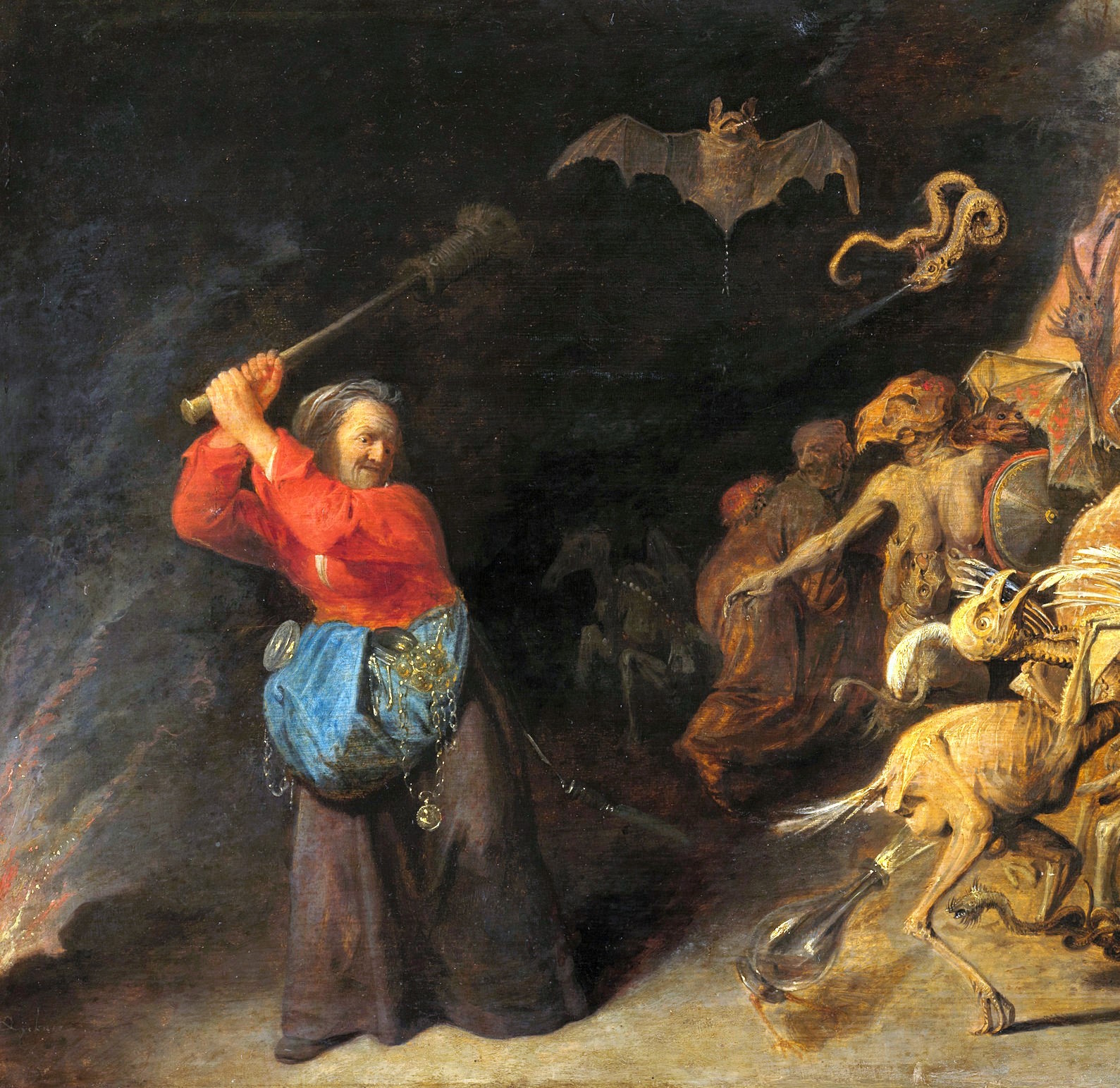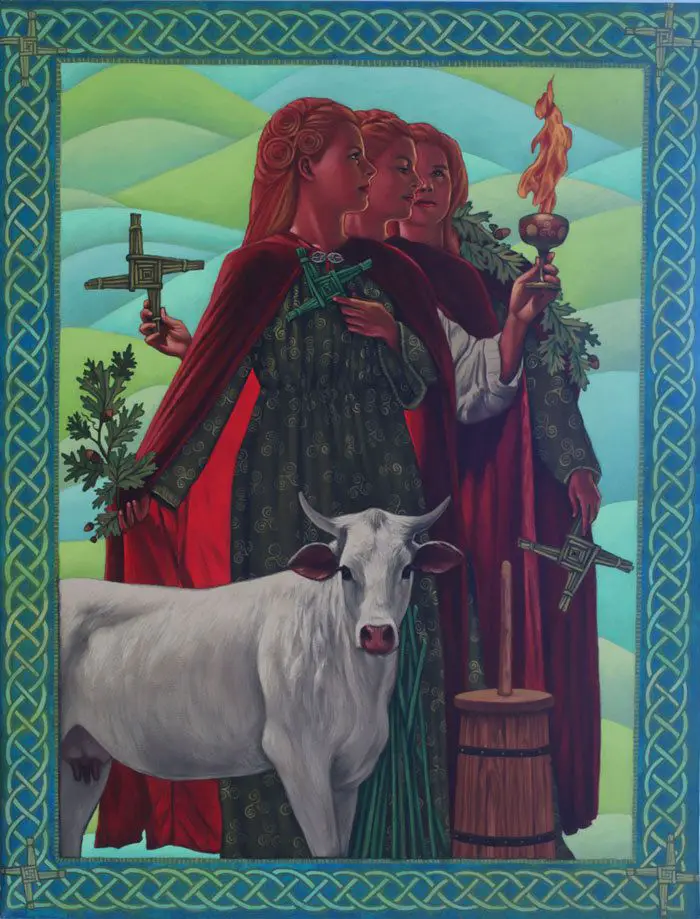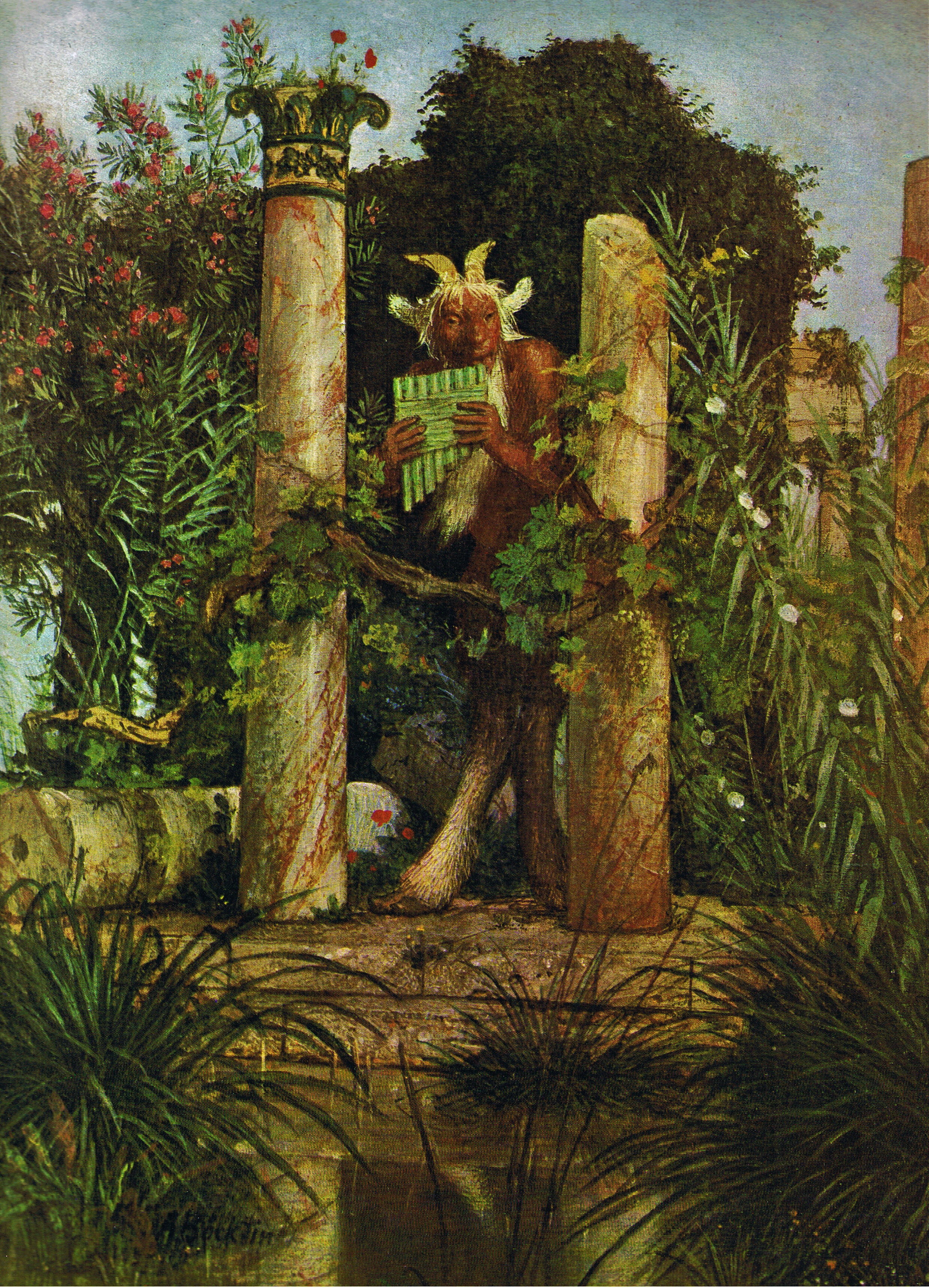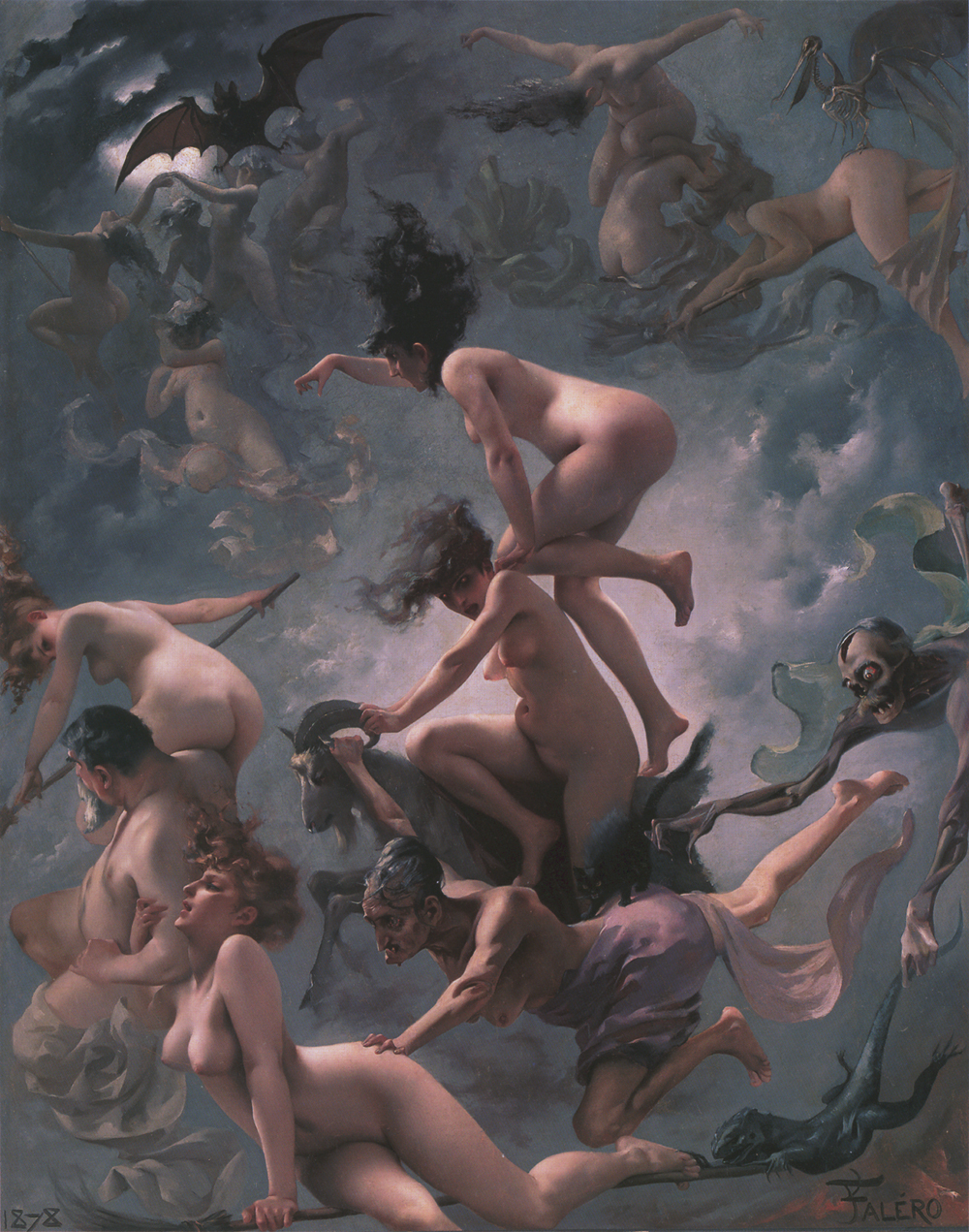Tag: Wild Man
The Wild Man's Tomb
Legends and popular traditions about the figure of the Wild Man are widespread throughout the Alps [which we will have the opportunity to analyze on Wednesday evening together with Massimo Centini on our YouTube channel]. Thanks to this report by GM Mollar we discover that on the bottom of the Lanzo valley, in Piedmont, there is even what, according to local folklore, would be his tomb: let's go and see precisely what the legend that has been transmitted to us tells us through the ages.
Fools, shamans, goblins: liminality, otherness and ritual inversion
The peripheral location of the Folle / Buffone / Jester of the medieval era links him, as well as to the archaic Shaman, to other liminal characters of myth and folklore, such as the Wild Man, Harlequin, the Genius Cuckold and more generally to all that category of feral entities connected on the one hand to the demons of vegetation and on the other to the functional sphere of dreams and death. With regard to the rite, the Folle is to be seen connected to the so-called "ritual inversion" that was carried out during the Roman Saturnalia and during all those collective walking rituals of the Charivari type from which the "Feste dei Folli" were born in the Middle Ages. and the modern Carnival.
"True Detective": Childress, Pan and the Wildermann
In view of the release, scheduled for January 14, of the third season of "True Detective", we propose to our readers the cycle of articles we curated for YAWP on the esoteric elements of the successful television series.
Fragments of a forgotten shamanism: the Piedmontese Masche
The study of "magical" practices and folkloric beliefs regarding the Piedmontese Masche opens us some glimpses (not too unexpected) on Cosmic-agrarian cults of ancient Eurasia.
Imbolc, the triple goddess Brigit and the incubation of spring
Behind the Christian mask of Candlemas and Santa Brigida, the beginning of February brings us back to the ancient pre-Christian festivities concerning the Triple Goddess and the expectation of the imminent rebirth of nature.
From Pan to the Devil: the 'demonization' and the removal of ancient European cults
di Marco Maculotti
cover: Arnold Böcklin, “Pan, the Syrinx-Blowing”, 1827
We have previously had the opportunity to see that, in the first centuries of our era and even during the medieval era, the cd. "Rural paganism" it kept its diffusion unchanged, especially in the areas further away from the large inhabited centers. St. Maximus noted that "in the fourth century (...) the first missionaries passed from city to city and rapidly spread the Gospel over a very large area, but they did not even touch the surrounding countryside", Then adding that" even in the fifth and sixth centuries, when most of them had long since been converted, in Gaul and Spain the Church, as shown by the repeated canons of the councils of the time, encountered great difficulty in suppressing the ancient rites with which peasants from time immemorial averted plagues e they increased the fertility of the flocks and fields"[AA Barb, cit. in Centini, p.101].
The Friulian benandanti and the ancient European fertility cults
di Marco Maculotti
cover: Luis Ricardo Falero, “Witches going to their Sabbath", 1878).
Carlo Ginzburg (born 1939), a renowned scholar of religious folklore and medieval popular beliefs, published in 1966 as his first work The Benandanti, a research on the Friulian peasant society of the sixteenth century. The author, thanks to a remarkable work on a conspicuous documentary material relating to the trials of the courts of the Inquisition, reconstructed the complex system of beliefs widespread up to a relatively recent era in the peasant world of northern Italy and other countries, of Germanic area, Central Europe.
According to Ginzburg, the beliefs concerning the company of the benandanti and their ritual battles against witches and sorcerers on the Thursday nights of the four tempora (Her hand, imbol, Beltain, Lughnasad), were to be interpreted as a natural evolution, which took place far from the city centers and from the influence of the various Christian Churches, of an ancient agrarian cult with shamanic characteristics, widespread throughout Europe since the Archaic age, before the spread of the Jewish religion - Christian. Ginzburg's analysis of the interpretation proposed at the time by the inquisitors is also of considerable interest, who, often displaced by what they heard during interrogation by the benandanti defendants, mostly limited themselves to equating the complex experience of the latter with the nefarious practices of witchcraft. Although with the passing of the centuries the tales of the benandanti became more and more similar to those concerning the witchcraft sabbath, the author noted that this concordance was not absolute:
"If, in fact, the witches and sorcerers who meet on Thursday night to give themselves to" jumps "," fun "," weddings "and banquets, immediately evoke the image of the sabb - that sabb that the demonologists had meticulously described and codified, and the inquisitors persecuted at least since the mid-400th century - nonetheless exist, among the gatherings described by benandanti and the traditional, vulgate image of the diabolical sabbath, evident differences. In these cEverywhere, apparently, homage is not paid to the devil (in whose presence, indeed, there is no mention of it), faith is not abjured, the cross is not trampled, there is no reproach of the sacraments. At the center of them is a dark ritual: witches and sorcerers armed with sorghum reeds who juggle and fight with benandanti provided with fennel branches. Who are these benandanti? On the one hand, they claim to oppose witches and sorcerers, to hinder their evil designs, to heal the victims of their hexes; on the other hand, not unlike their presumed adversaries, they claim to go to mysterious nocturnal gatherings, of which they cannot speak under pain of being beaten, riding hares, cats and other animals. "
—Carlo Ginzburg, "I benandanti. Witchcraft and agrarian cults between the sixteenth and seventeenth centuries», Pp. 7-8



